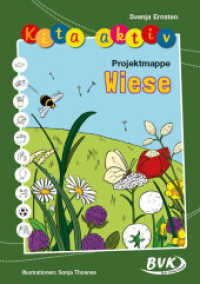Description
Twitter already has become an important electoral communication tool between candidates, parties and their specific constituencies. No serious candidate campaign ignores Twitter, while political party organizations utilize Twitter to communicate with partisans, reinforce supporters, and mobilize voters.
Whereas much scholarship to date has focused primarily on Twitter’s political usage in the United States, there still remain many questions about the political uses and effects of Twitter in a global context. Does Twitter effect how reporters interact with candidates or even with each other? Does Twitter increase voter participation? Who is tweeting about elections? Why do people use Twitter in electoral contexts? Which type of candidate is more likely to use Twitter and why? Do parties differ in their use of Twitter, and why? Does Twitter increase candidate-voter interaction? Is Twitter shaping elections in various system contexts, and if so how? What is the influence of system context on Twitter use by parties, candidates, reporters, and voters?
Eloquently combining theory and practice, established and rising scholars in the field of political communication have been brought together to provide an essential overview of the influence of Twitter on elections in a comparative perspective. Readers of this book will not only learn everything there is to know about this specific influence of Twitter, but more broadly how to approach the study of various online tools in general.
Table of Contents
List of Figures, List of Tables, Series Editor’s Foreword, About the Contributors, Introduction, PART I: Election Journalism, 1. Did Twitter Kill the Boys on the Bus? A Report from the Romney Campaign in 2012, 2. Tweeting to the Press? Effects of Political Twitter Activity on Offline Media in the 2013 German Election Campaign, 3. US Political Journalists’ Use of Twitter: Lessons from 2012 and a Look Ahead, 4. Media Coverage of an Election Campaign on Twitter: The Case of Belgium in the EU Elections, PART II: The Audience, 5. Communication with Constituents in 140 Characters: How Members of Congress Used Twitter to Get Out the Vote in 2014, 6. South Korean Citizens’ Political Information-Sharing on Twitter During the 2012 General Election, PART III: Parties, Candidates, and Campaigns, 7. Message Repetition in Social Media: Presidential Candidate Twitter Feeds in the 2012 US General Election, 8. Campaigning on Twitter: The Use of Social Media in the 2014 European Elections in Italy, 9. Candidate Use of Twitter and the Intersection of Gender, Party, and Position in the Race: A Comparison of Competitive Male/Female Senate Races in 2012 and 2014, 10. Who Gets to Say #AreYouBetterOff ? Promoted Trends and Bashtagging in the 2012 US Presidential Election, 11. Parties, Leaders, and Online Personalization: Twitter in Canadian Electoral Politics, 12. Social Media Coming of Age: Developing Patterns of Congressional Twitter Use, 2007–14, 13. From a Tweet to a Seat: Twitter, Media Visibility, and Electoral Support, Conclusion, Index







